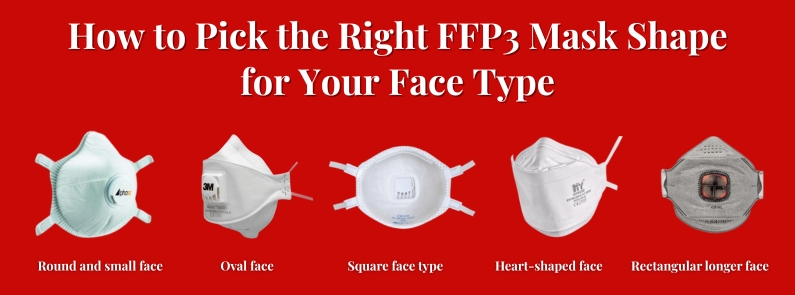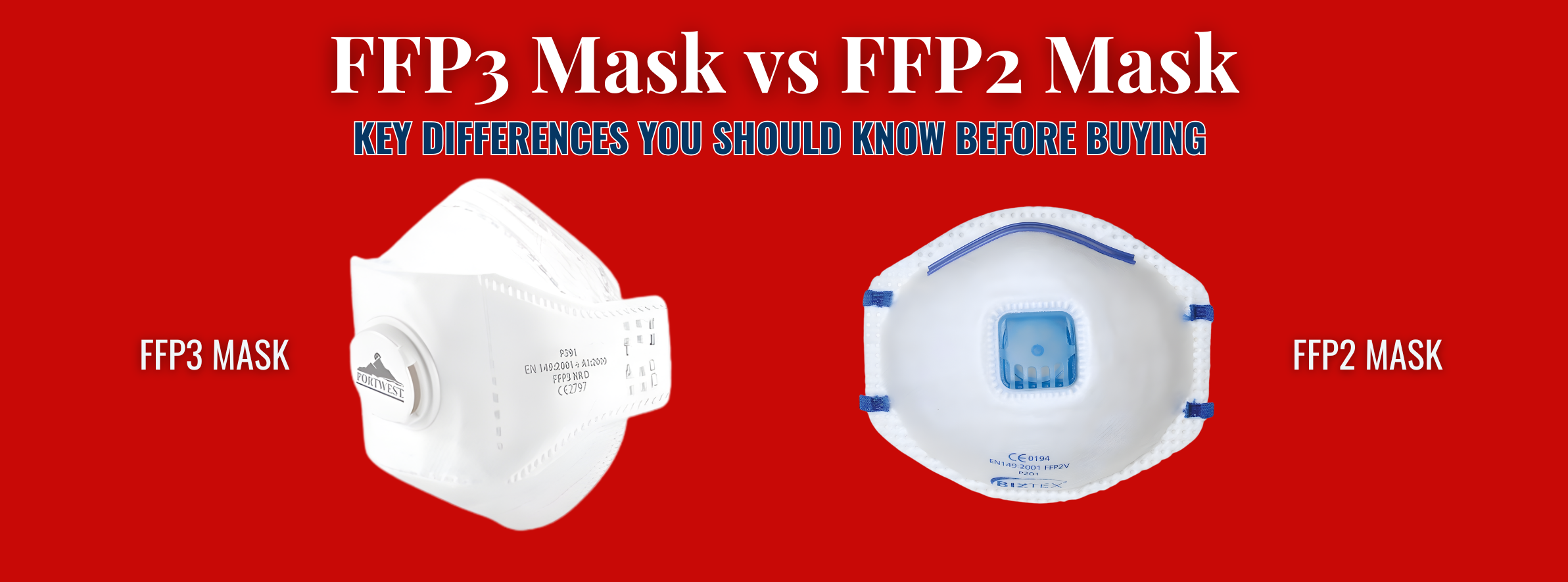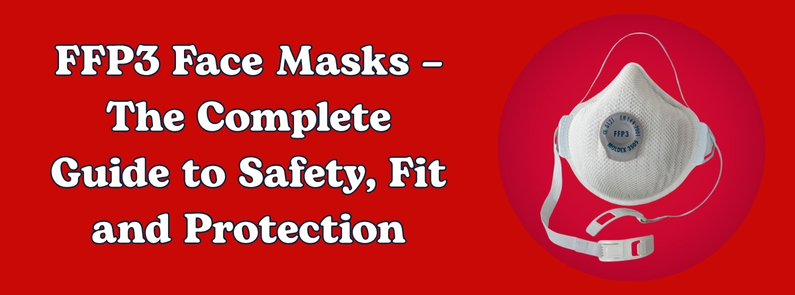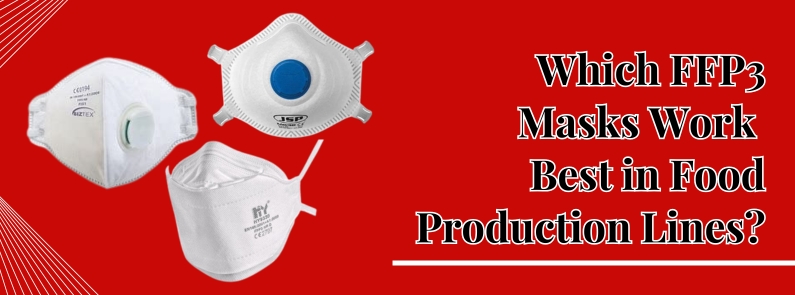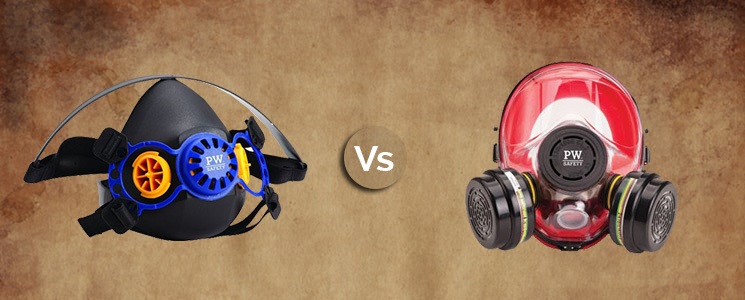
You might be aware of the importance of wearing personal protective equipment if your workplace imposes health risks. Certain work environments are not safe to work as they consist of harmful chemical dust, fumes, sprays, and other types of airborne particles dissolved in the air surrounding us and that can enter into the human body through breathing.
According to the danger present in your environment, you can select the appropriate respirators to safeguard the workers. Respirators come in different sizes, shapes, filtering capacity and the level of protection these masks can provide in mentioned on them.
These respirators broadly fall in two categories – half respirators/masks and full face respirators/masks. You can easily understand by the names what purpose these masks serve but in case if you’re not aware – A half mask can only cover nose and mouth and is easily worn with other protective mask equipment.
On the other hand – A full face mask will cover the entire face of the wearer and gives protection to the eyes, nose, and mouth. Full face respirators protect your eyes too. Both types of respirators - full face and half face – use any combination of cartridges, pre-filters and filters.
To determine what kind of filter or cartridge you should use with your mask you need to first assess the type of hazard present in the environment.
How to choose between Half Face and Full-Face Respirators?
Both the masks, full face and half face, cover your mouth and nose and contain a built-in valve that helps you in breathing out and breathing in easily while keeping the contaminated air out of the mask. Filters, pre-filters and cartridges are attached to the mask from outside to capture gases, vapours and particles.
These masks are best suited for the work like – painting, heavy cleaning, welding, manufacturing works. These are the similarities but what are the differences between these 2 types of masks. Let’s see that –
When to use Full Face Respirators
- A full face mask is apt in protecting your entire face and it provides better sealing as it seals around the entire face which is easier than sealing around nose and mouth.
- As the full face respirator covers the entire face it’s best suited for working in the environment where your eyes and entire face needs protection. Full face respirators are best if the hazard is capable of causing irritation in eyes, especially if you need splash and spray protection.
- Full face respirators can be used when other protective equipment like – face shield, ear muffs are not required.
- While doing the paintwork, spraying, or in an environment with fine particles it will be better to use a full face respirator/mask to shield your entire face.
- When you don’t need to put on prescriptive glasses. The arms of your glasses will affect the seal.
- These masks are designed to protect the sensitive membranes of nose, eyes, throat and mouth.
When to use Half Face Respirators
- Half face respirators mask will be more appropriate to use if there’s a requirement of wearing other protective equipment with it. This is not possible in case of full face masks.
- If you wear prescriptive glasses then use half-face respirators.
- You don’t need to remove hard hats and these masks are compatible with a wide range of other protective equipment.
- Half face respirators cover the lower half of the face, nose and mouth.
Conclusion
A wide range of both full face and half face respirators can be used interchangeably. Similar filters, pre-filters and cartridges can be used on both types of masks. You can choose to have full face respirators if your requirement is safeguarding your whole face.
The level of protection provided by these masks depends on the type of filter used.

